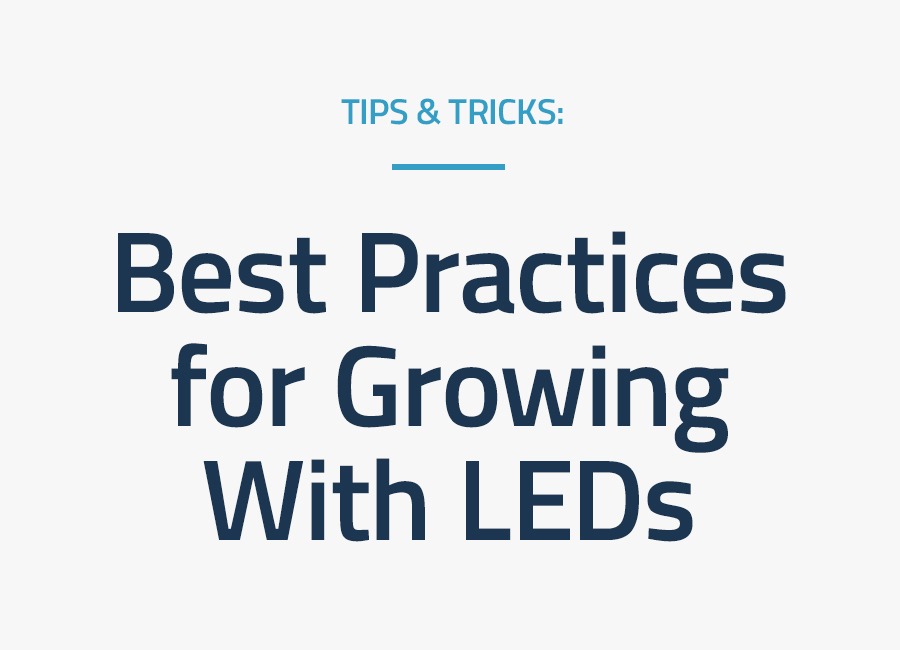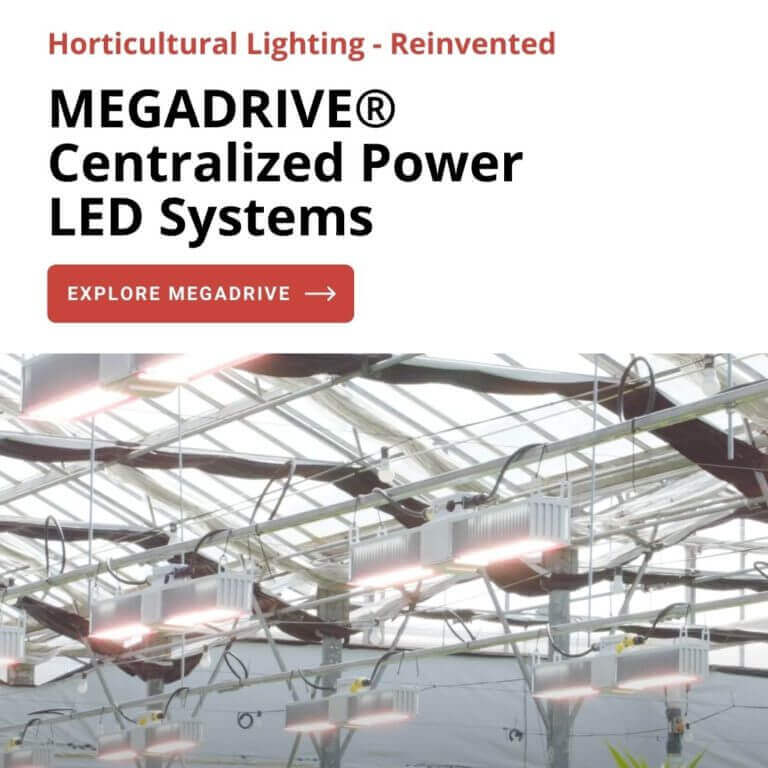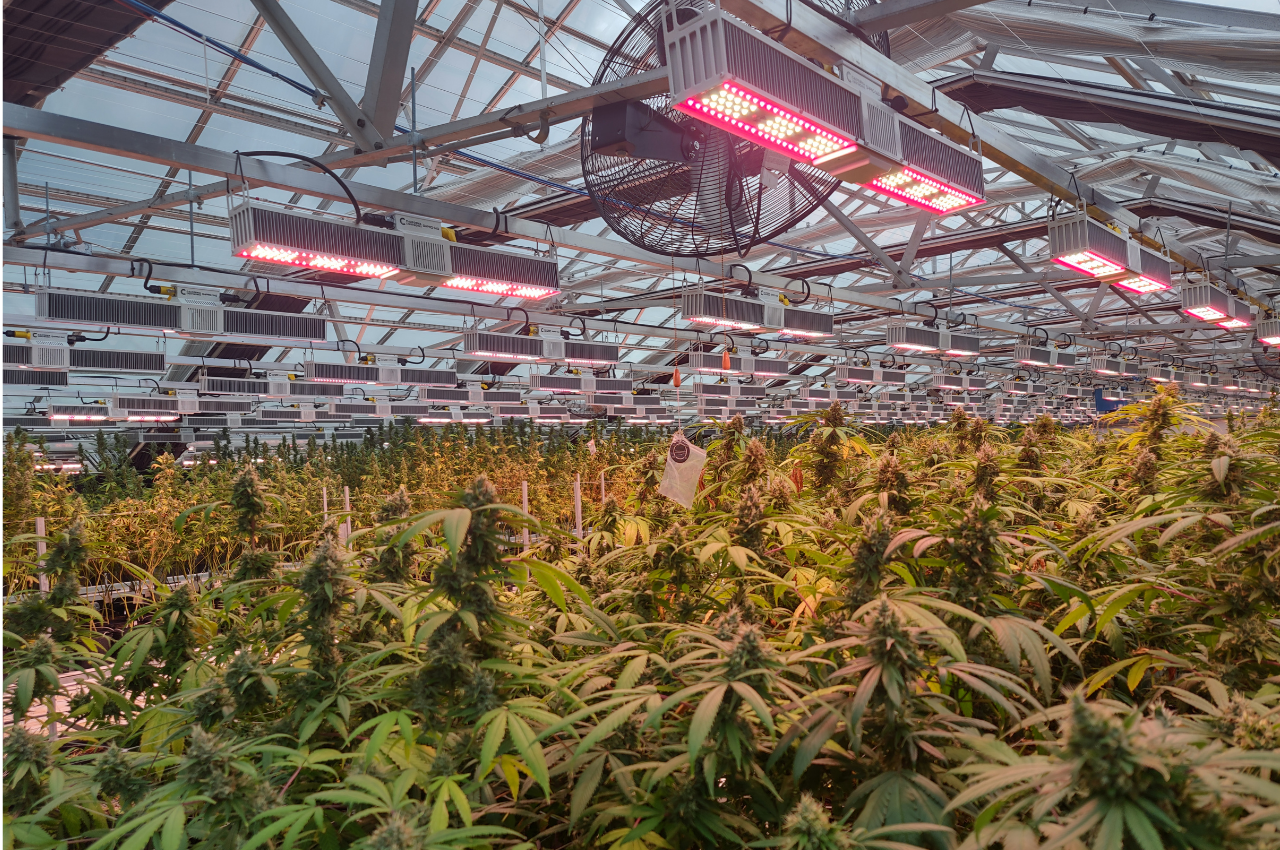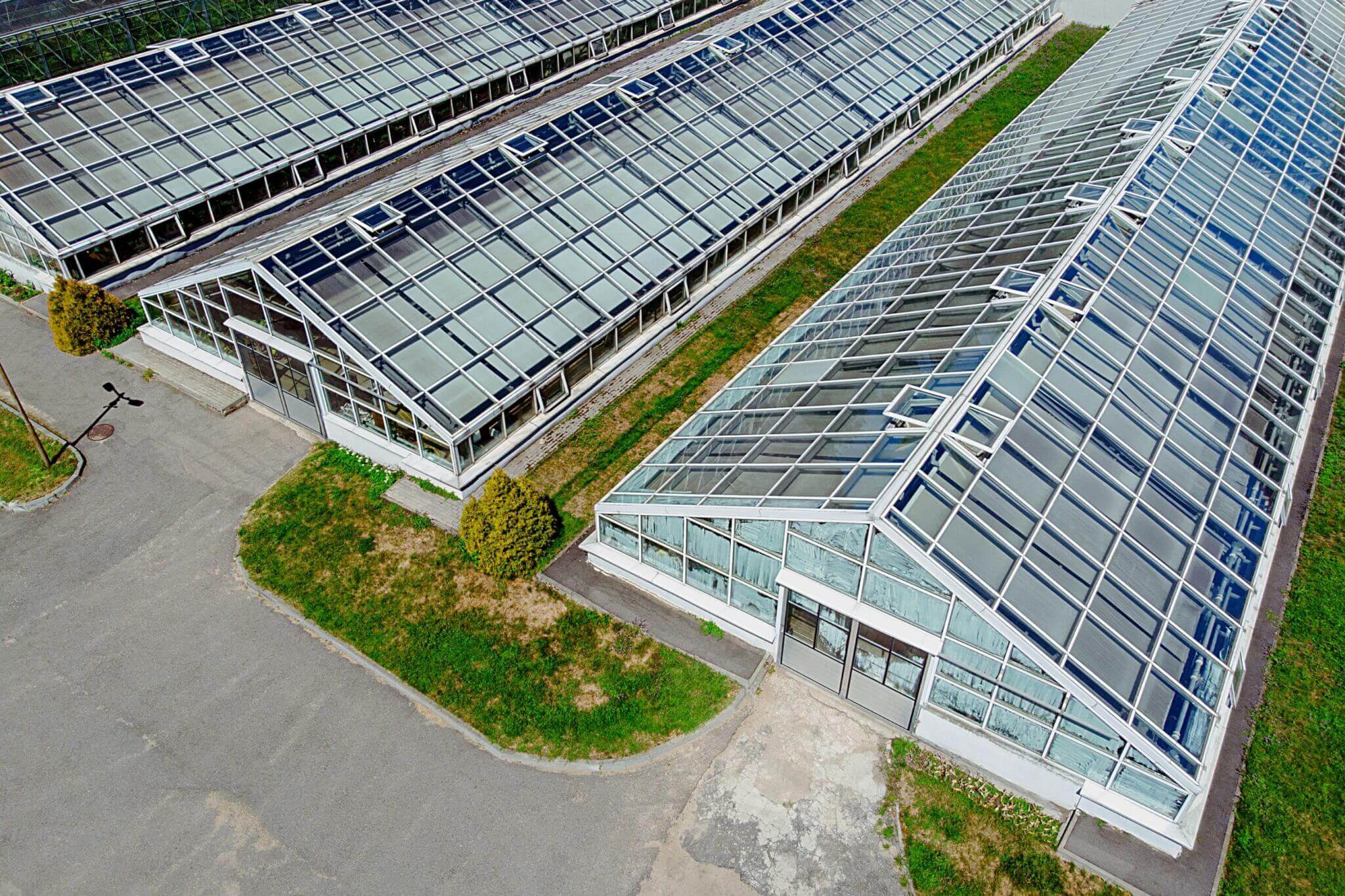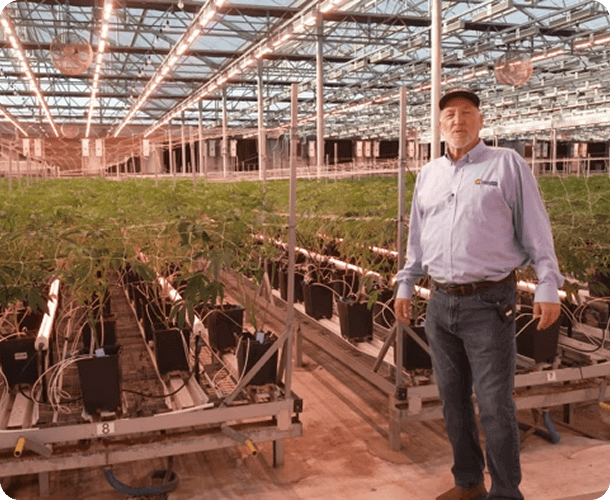How and Where to Position My Lighting
Lighting is one of the most important factors in indoor horticulture. Optimal light level for flowering is somewhere between 750 and 1,000 µMoles/m2/s (PPFD). Make sure that the light from your fixture is providing this optimal level of light as evenly as possible throughout your canopy. This is particularly important with LED lighting because they are more directional (depending on the quality of optics used) and are also more prone to shading.
Your LED grow light should be positioned up to 48″ away from your plants during the vegetative cycle and about 24″ to 36″ during the bloom cycle. Smaller (i.e. SolarSystem 275) lights can be positioned a little closer. But please note that any closer that 24″ from the canopy can cause bleaching or stunted growth, especially with the larger SolarSystem 1100 or SolarXtreme 1000 lights.
When growing with LED lighting, successful growers working with California LightWorks have reported record results using Sea of Green (SOG) or Screen of Green (SCROG) techniques. Lots of detailed information can be found about these techniques online. Even without using these techniques, proper topping and pruning can be used to maximize light exposure to your plants and minimize shading.
These techniques will help develop a flowering canopy depth to between 12” – 16” with all flowers sites exposed to the light as much as possible. It is recommended that the flowers below this level (if any) be pruned by end of week two of the Bloom (flowering) cycle. This helps push plant energy into the higher, more optimal flowering tops. Any large fan leaves above this section should be gradually removed, especially if they are shading lower flower sites.
By week four of Bloom it is recommended that you remove all large fan leaves to allow the flowering sites maximum unobstructed exposure to light. At this stage, your canopy should be as even as possible and the top should be around 24″ to 36″ from the light source. The more consistent access your canopy has to optimal lighting conditions the better… (See your CLW product specs or CLW website for more detailed model-specific photometric information)TEMPERAURE – Provide Warmer Ambient Conditions
What Is an Optimal Temperature For Indoor Growing With LEDs?
Temperature is a metabolic regulator in terrestrial plants. Basic rule, the hotter it is, the faster they grow. As the temperature / plant metabolism increases, plants require more water, CO2, oxygen (roots only), and nutrientsin thecorrect ratios. The plant will only grow as fast as the weakest link. In other words, if any one of these input parameters is limiting, plant growth will slow regardless of the level of the remaining parameters.
78 degrees Fahrenheit (78F) is the widely accepted optimum temperature for most plants at atmospheric CO2 levels (360PPM). This number is actually misleading, because this recommendation is based on tests done with Sunlight or HID lighting, both of which have very high levels of Infrared light (IR).
When a leaf absorbs IR, it heats the leaf creating actual leaf temperatures of 5-7 degrees higher than the 78F degree air temperature. Thus with light sources rich in IR, an air temp of 78F is functionally 83F-85F to the plants metabolism. LED’s emit no IR, so to achieve similar metabolic rates found in HID or greenhouse conditions at 78F air temp,LED growers need to run the room air temp at 83F-85F. Air temp can also be lowered by 3F-5F in the last 2 weeks of flower to enhance ripening, but remember as relative humidity goes up the air temps go down, so be prepared to make adjustments accordingly.
Air temps higher than 85F can be run successfully with CO2 supplementation of 1000 ppm or higher. As ambient temperatures increase so can the levels of CO2 supplementation. (NOTE: CO2 concentrations above 3000ppm are dangerous to humans & pets.)
Root zone temperature needs to also be monitored. Running the air temp higher than 85F generally REQUIRES proportionally cooler dark period air temps to maintain an average root zone temp below 75F. Oxygen saturation in water drops off rapidly above 75F. So allowing the average root zone temp to get much higher than 75F will starve the roots for oxygen no matter how much oxygenation you provide to your nutrient tanks. Also, root pathogens prefer high-temperatures and low-oxygen conditions. So running room air temps above 85F can be challenging for all but the most experienced growers. Cooler nutrient tank (60-75F) temps can also help maintain the root zone below 75F without having to change the dark period air temp. Nutrients should never be cooler than 60f at the time of watering.
Every grow environment is unique, and there is no substitute for personal experience. We recommend you start low, i.e. 83F-85F air temp, and gradually work your way up through successive grows. Taking copious notes will make the differences from grow to grow, you will have a definite answer to what and where your efforts are or aren’t paying off.NUTRIENTS / HUMIDITY – Use less Nutrients
How Many Nutrients To Use & Proper Humidity Levels
As room temperatures get higher, water evaporation from pots/media increases, which then increases nutrient concentrations in the dryer regions of the media. This process can create toxic levels of nutrient concentration in the root zone if not addressed. So with the higher room temps required for optimal LED results, experienced growers recommend reducing nutrient concentrations (by around 25-30%) to compensate. An alternative to lower nutrient levels is to water with plain water (Reverse Osmosis PH adjusted water) 1 out of every 2-3 watering cycles to balance the root zone nutrient levels. This is extremely important with air pots i.e. fabric or other highly aerated pots with soilless media. In general, the number one mistake inexperienced growers make are over watering and over fertilizing.
Higher relative humidity (RH) levels will also reduce nutrient evaporation, with optimum RH levels around 50% (60% max.) This is somewhat dependent on the strain of plant and its mildew tolerance. In the last 2-3 weeks of flower, however, it is recommended that humidity be kept below 40% to retard (Botrytis) molds that develop in flowering structures.
Thanks for using California Light Works products, and please keep us posted on your results!!!!!
